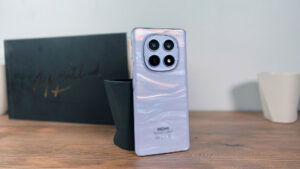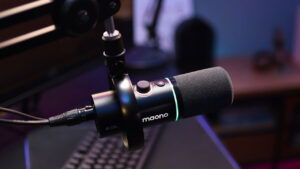It’s been a long time coming, but Sonos has finally entered the headphone market with the new Sonos Ace wireless over-ear headphones. As someone who uses Sonos speakers in my home and office on a daily basis, I was eager to see how the company would apply their audio expertise to a personal listening device. Having spent several weeks with the Sonos Ace, I can say that they’ve created an impressive first offering, even if there’s still room for improvement.
As with any review of headphones I do, let’s start with the design, which is quintessentially Sonos—sleek, minimalist, and premium. The $449 USD Sonos Ace headphones come in two colour options: a stealthy matte black (the ones I tested) and an elegant soft white. The oval-shaped earcups have a slim profile that’s reminiscent of the AirPods Max but with Sonos’ own unique design flair. They also come in a nice carrying case that includes space for the wires, fits the headphones well, and, unlike some other options, does not require you to fold everything up to fit; it goes in easily, making them feel much more sturdy as a result.

The headband and earcups are wrapped in soft, plush vegan leather that feels luxurious against the skin. I was concerned about the longevity of the earcup fabric, but thankfully, Sonos allows users to purchase replacements if problems arise, which I’m glad to see, especially for headphones of this quality. The ear cushions are magnetically attached and only take a second to install—a smart move for long-term durability and important to keep headphones that look this good in pristine condition for longer.
One of my favourite design touches is the hidden hinge mechanism, which looks great and feels fantastic while being used. Unlike many over-ear headphones with visible hinges, the Ace’s folding mechanism is cleverly concealed within the earcups. This not only creates a cleaner aesthetic but also eliminates the risk of hair getting caught—a small but thoughtful detail that I am sure any long-haired users will appreciate.
With this being a Sonos product, the build quality is top-notch, with a mix of premium plastics and stainless steel components. At 312 grams (0.69 lbs), the Sonos Ace strikes a nice balance between feeling substantial without becoming cumbersome during long listening sessions. They’re noticeably lighter than the AirPods Max, which I appreciate during extended wear.
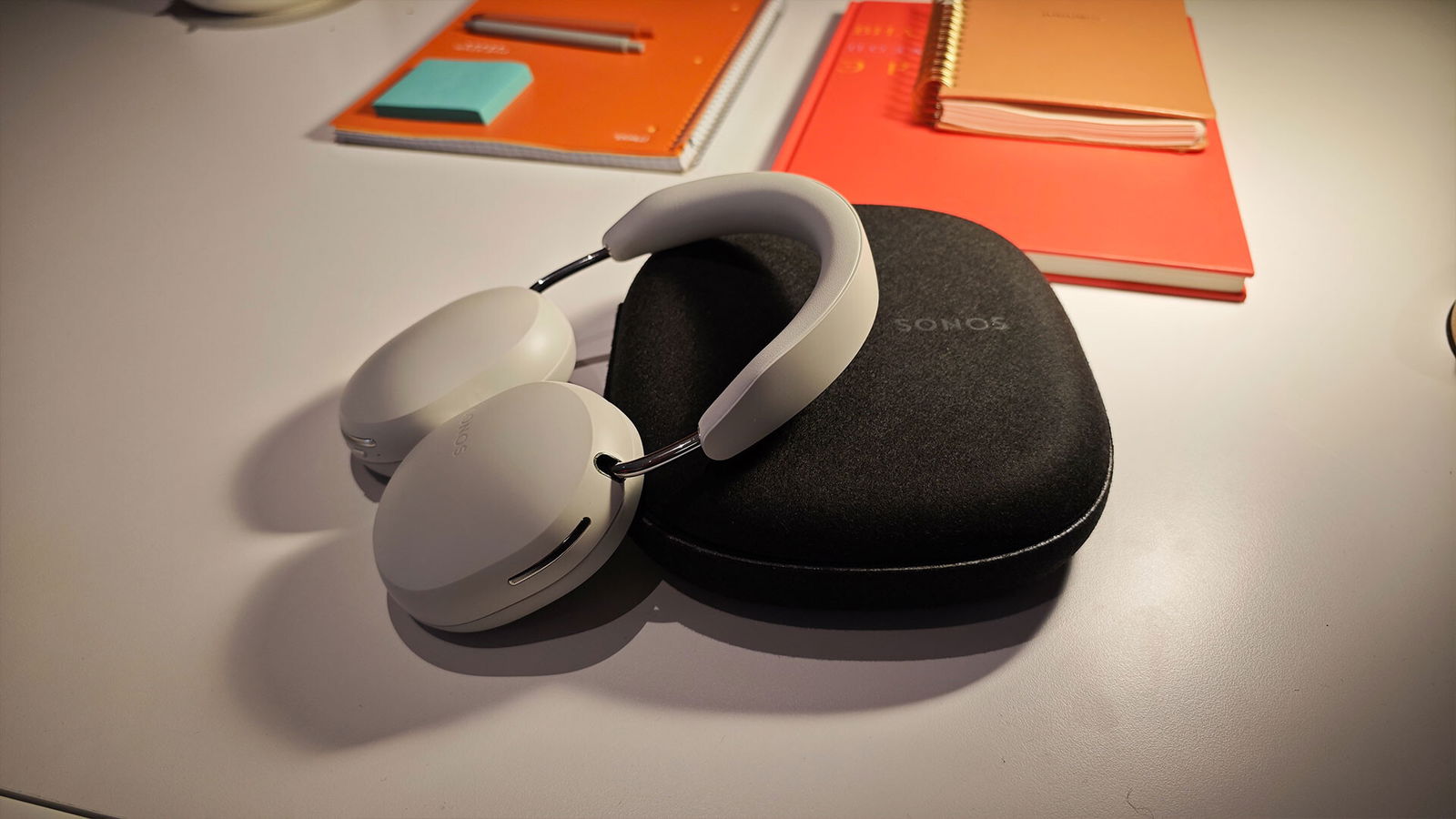
Speaking of wearing headphones, comfort is as much a factor in over-ear headphones as good looks, and Sonos has done an excellent job here. The memory foam ear pads create a nice seal around the ears without applying too much pressure. The headband distributes the weight evenly, and I found I could wear the Ace for hours without any discomfort. I put the Sonos Ace to the test by wearing them on a 13-hour flight from Taipai to LA, and despite the usual hat hair, the headphones passed with flying colours. I experienced no pain from the headphones, and they performed impressively well on all fronts.
Now, with the design and comfort out of the way, let’s dive into the features. Sonos has packed quite a lot in for their first headphone offering. The Sonos Ace uses Bluetooth 5.4 for wireless connectivity, supporting both the standard SBC codec and higher-quality options like AAC and aptX Adaptive. For the true audiophiles, there’s even support for lossless audio over Bluetooth using Qualcomm’s aptX Lossless codec (when paired with a compatible device).
As I mentioned earlier, I was using the Sonos Ace for travel, so active noise cancellation (ANC), which worked well, was a must, especially considering the price. Thankfully, Sonos delivered on this front, managing to almost completely block out the usual travel noises we all know and hate when on a plane or in an airport. Using an array of eight microphones, the Sonos Ace does an admirable job of blocking out low-frequency rumble and a good chunk of mid-range noise. It’s not quite at the level of industry leaders such as Sony or Bose, but it’s more than capable of creating a quiet listening environment in most situations (like a plane).
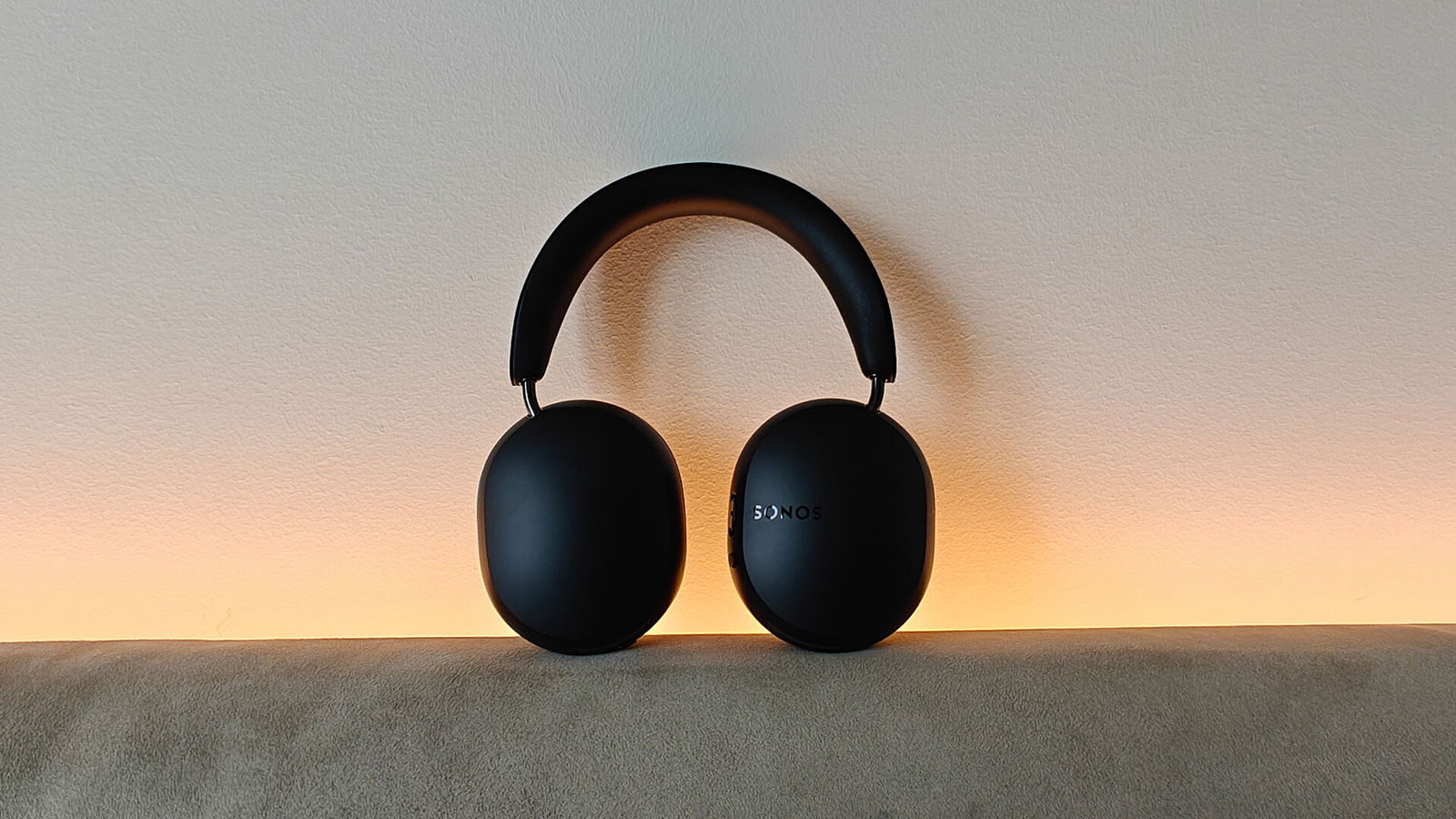
I am glad Sonos took inspiration from the range of ANC over-the-ear headphones already on the market. The accompanying “Aware” mode, the Sonos Ace’s take on transparency, is impressively natural-sounding. It lets in just the right amount of ambient sound without being overwhelming. Switching between ANC and Aware modes is quick and easy, thanks to a dedicated button on the right earcup.
This being a Sonos product, they weren’t content with just making standard Bluetooth headphones and have gone above and beyond to try and integrate them into their current speaker ecosystem. This is where the TV Audio Swap feature comes in and why anyone with a Sonos Arc in their home will want to take note. It is also worth noting that currently, the home theatre setup is only available on iOS, with it coming to Android at a later date. Without this, you will not be able to link the Ace with the Arc and allow for the audio switching.
“If you have the Arc soundbar, you can instantly transfer audio from your TV to the Sonos Ace headphones at the touch of a button.”
If you have the Arc soundbar, you can instantly transfer audio from your TV to the Sonos Ace headphones at the touch of a button. It’s a clever implementation, perfect for late-night viewing without disturbing others, and honestly, it works amazingly well. The catch? It only works with the Arc at the moment, although Sonos has promised support for other soundbar models in future updates.
The Sonos Ace also supports spatial audio with dynamic head tracking, adding an extra layer of immersion to compatible content. It works well with Dolby Atmos music and movies, creating a more expansive soundstage. The head tracking is responsive and adds a nice touch of realism to the listening experience. This is perfect for people who want to use the Sonos Ace while playing an immersive Xbox Series X game or watching a film the way it was meant to be heard.
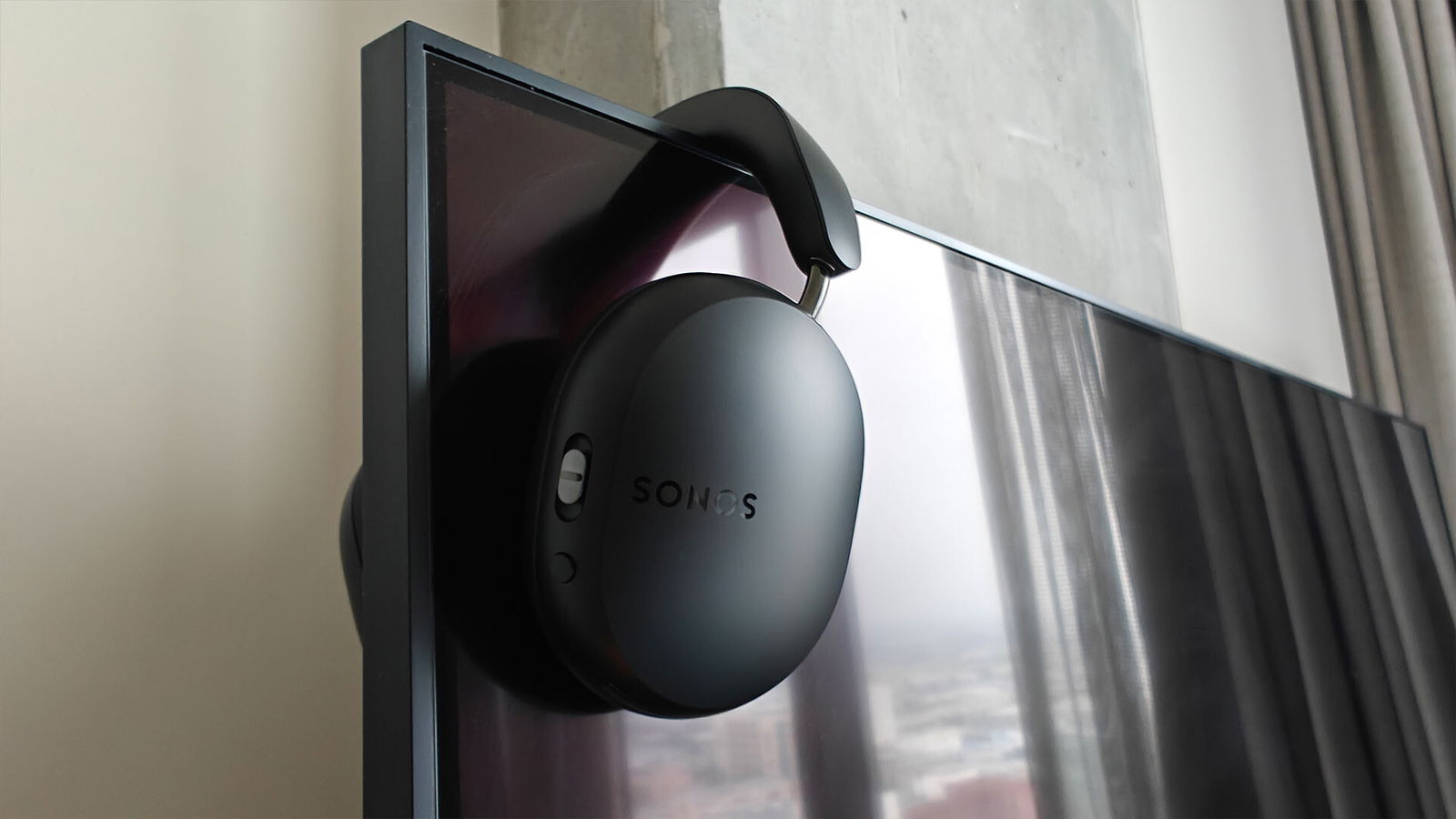
It is incredibly immersive, and assuming you have the Sonos Arc set up and ready to go, it is impressive how they manage the audio streaming to make it all work. Using the processing power of your Sonos Arc and the special wireless transmission, the experience paired with the Sonos Ace is seamless and just works. I still prefer to use the full speaker system when I can, but when you need to keep things quiet, the addition of the Sonos Ace works exactly as advertised.
While the Sonos Ace is packed with features, it’s good to see that battery life hasn’t suffered as a result. Sonos claims up to 30 hours of playback with ANC enabled. In my tests, I consistently got around 27-29 hours, which is in line with other premium headphones in this class and right in line with the advertised duration.
“Using the processing power of your Sonos Arc and the special wireless transmission, the experience paired with the Sonos Ace is seamless and just works.”
Fast charging is supported. So, a quick 3-minute charge will give you around 3 hours of listening time, and it works surprisingly well too. I know we’ve had fast charging for a while now, but coming from a time when charging took hours, the ability to recharge electronics so quickly still feels magical, and I have to say I’m glad Sonos hasn’t bucked this new trend.
In terms of controls, Sonos has opted for physical buttons rather than touch, for which I am eternally grateful. There’s a multi-function slider (which Sonos calls the Content Key) for playback and volume control, along with dedicated buttons for power/pairing and noise control modes. The buttons have a satisfying click and are easy to locate by feel. While some may prefer touch controls, I found the physical buttons to be more reliable, especially in cold weather, something we have a lot of in Canada.

Since everything up to this point has lived up to its promise, let’s talk about the most important aspect: sound quality. Sonos has equipped the Ace with custom-designed 40mm dynamic drivers, and the results are impressive for a first attempt. The overall sound is balanced and refined, with a slight emphasis on clarity and detail.
The bass response is tight and controlled, providing a solid foundation without overwhelming the mix. The mids are natural and forward, allowing vocals and instruments to shine. The high-end is crisp and articulate, though it can occasionally border on bright with certain tracks. Properly tuned audio sounds fantastic, delivering an excellent listening experience without overpowering the original intent—something Sonos often emphasizes to the press.
What stands out most is the Sonos Ace’s ability to create a wide, spacious soundstage. Instrument separation is excellent, and there’s a good sense of depth to the audio presentation. This spaciousness is particularly noticeable when listening to well-recorded live performances or orchestral pieces.
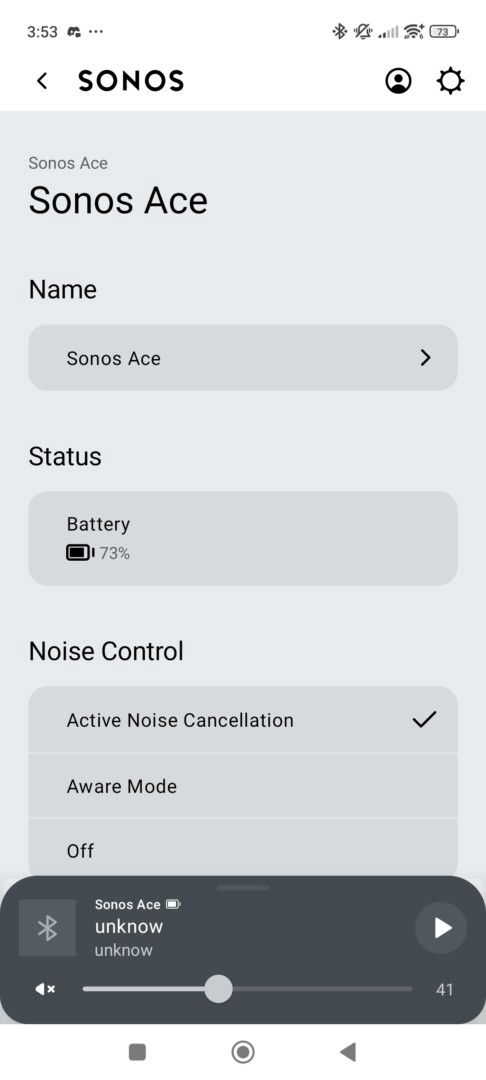
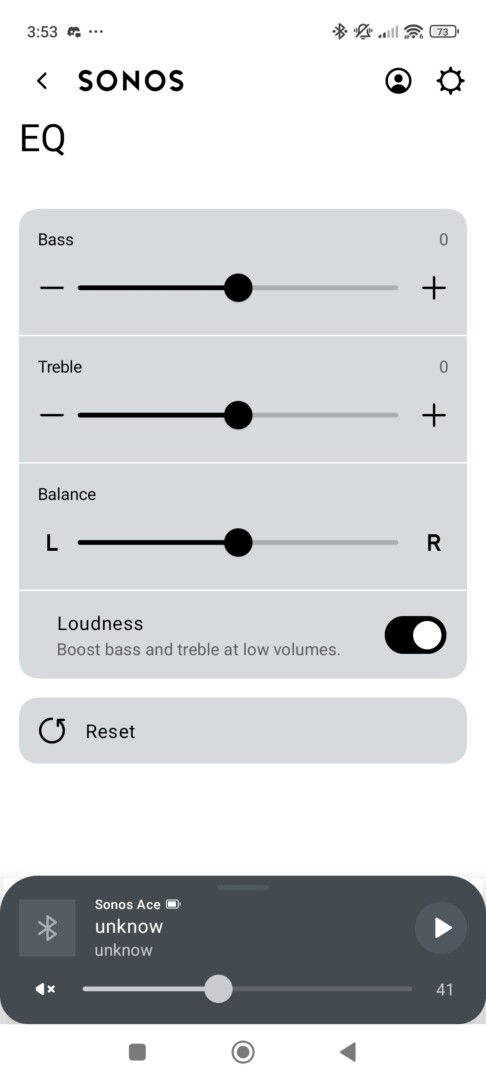
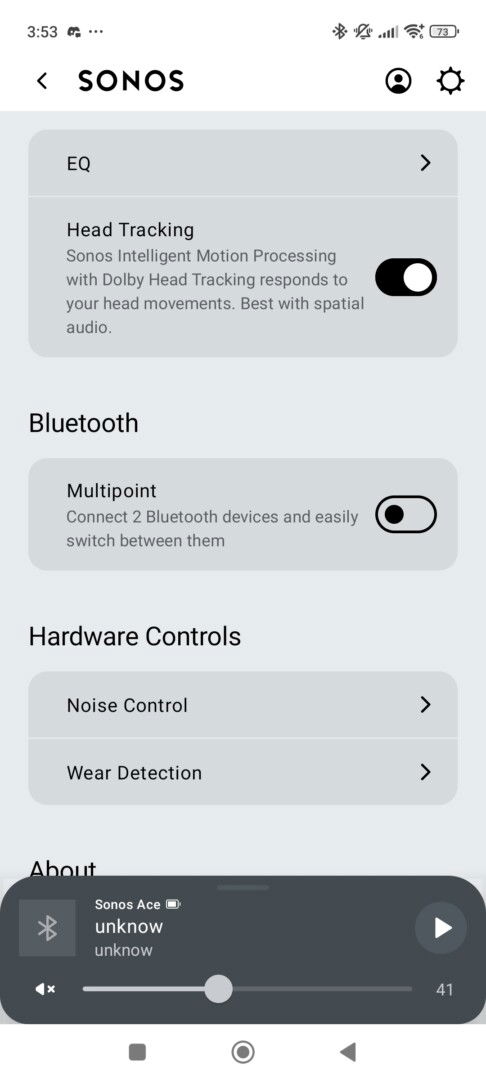
The Sonos app allows for some basic EQ adjustments, so you can tweak the bass and treble to your liking. It’s not as comprehensive as some competitors’ apps, but it’s a welcome addition for those who want to fine-tune the sound. One caveat: if you’re on a plane without Wi-Fi and haven’t set up your Ace beforehand, you’re out of luck. You will need an internet connection at least the first time you use the headphones. Once you get past that, the rest of the app experience is relatively painless, and it even works without an internet connection.
As gaming is often our focus, I wanted to see how the Sonos Ace performed with mobile games such as Genshin Impact, and I have to say I was impressed. The low-latency Bluetooth connection ensures good audio-video synchronization, and the wide soundstage helps with positional audio cues in games. They’re not specifically marketed as gaming headphones, but they’re certainly capable of doing double duty for both music and gaming. If you are someone who uses your phone as your primary gaming device, you can rest assured that the Sonos Ace will provide a fantastic experience that will be hard to beat.
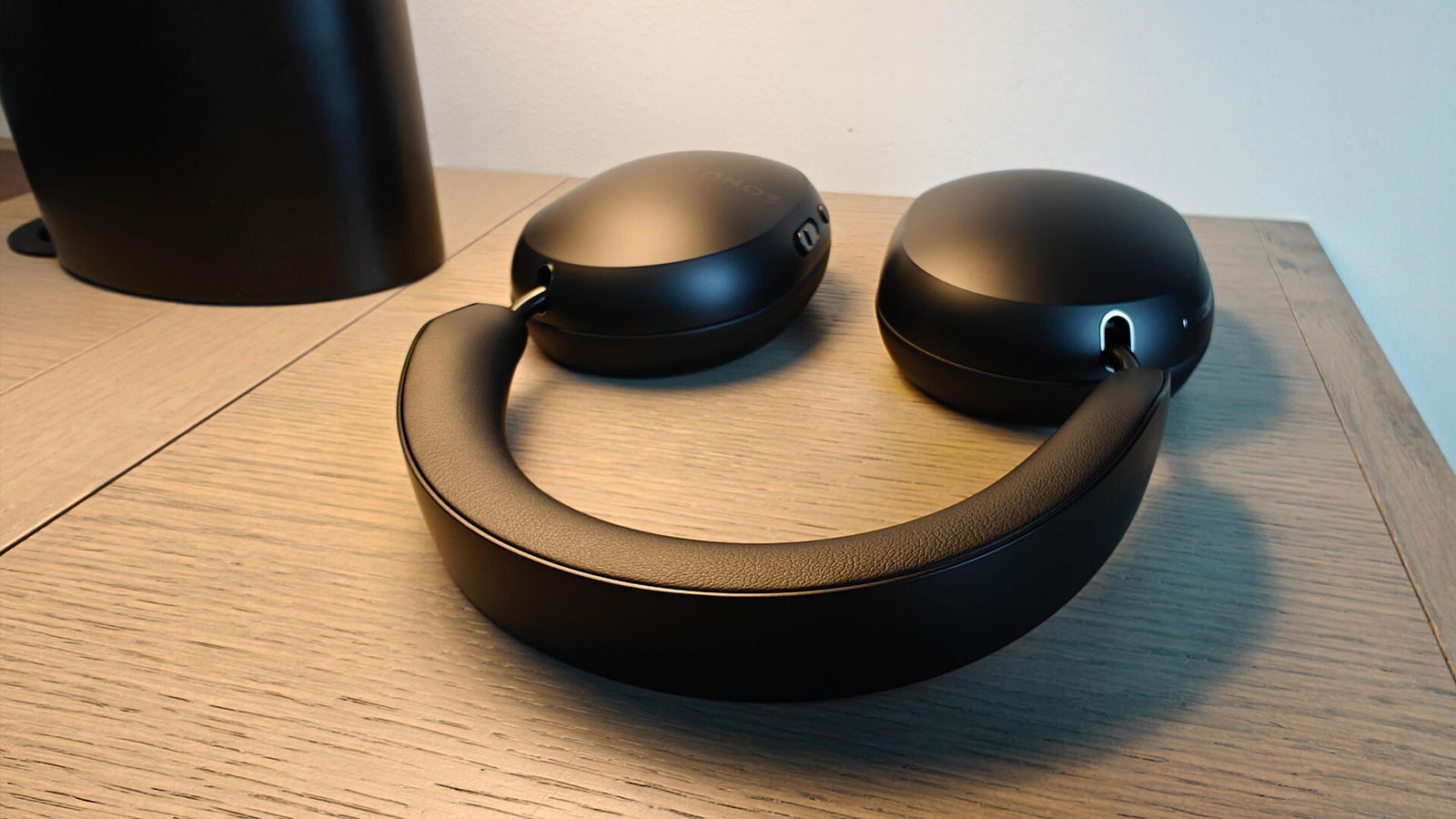
So, how does the Sonos Ace stack up against the competition? In terms of sound quality, they hold their own against established players like Sony’s WH-1000XM5 and the Bose QuietComfort Ultra. The Ace’s more neutral tuning may appeal to those who find Sony’s bass-forward signature too much. However, both Sony and Bose still have an edge when it comes to noise cancellation performance, with both brands leading in that space.
While I liked most of what I saw with the Sonos Ace, there are some areas that fall short of expectations. Most notable, for me at least, is its integration with the wider Sonos ecosystem. Many users (myself included) were hoping for Wi-Fi connectivity to allow the Ace to function as part of a Sonos multi-room setup. Unfortunately, this isn’t the case, and the Ace are strictly Bluetooth headphones beyond the select experience with the Arc.
It’s a missed opportunity that Sonos may address in future iterations. Sonos has a huge ecosystem of speakers that people have already invested in, and finding ways to integrate the Ace into that and make it feel like a vital part of the system you already own will help make these headphones the choice over competing brands. Thankfully, more of the Sonos soundbar range will be compatible with the Sonos Ace in future updates, so at least there is some integration that makes sense.
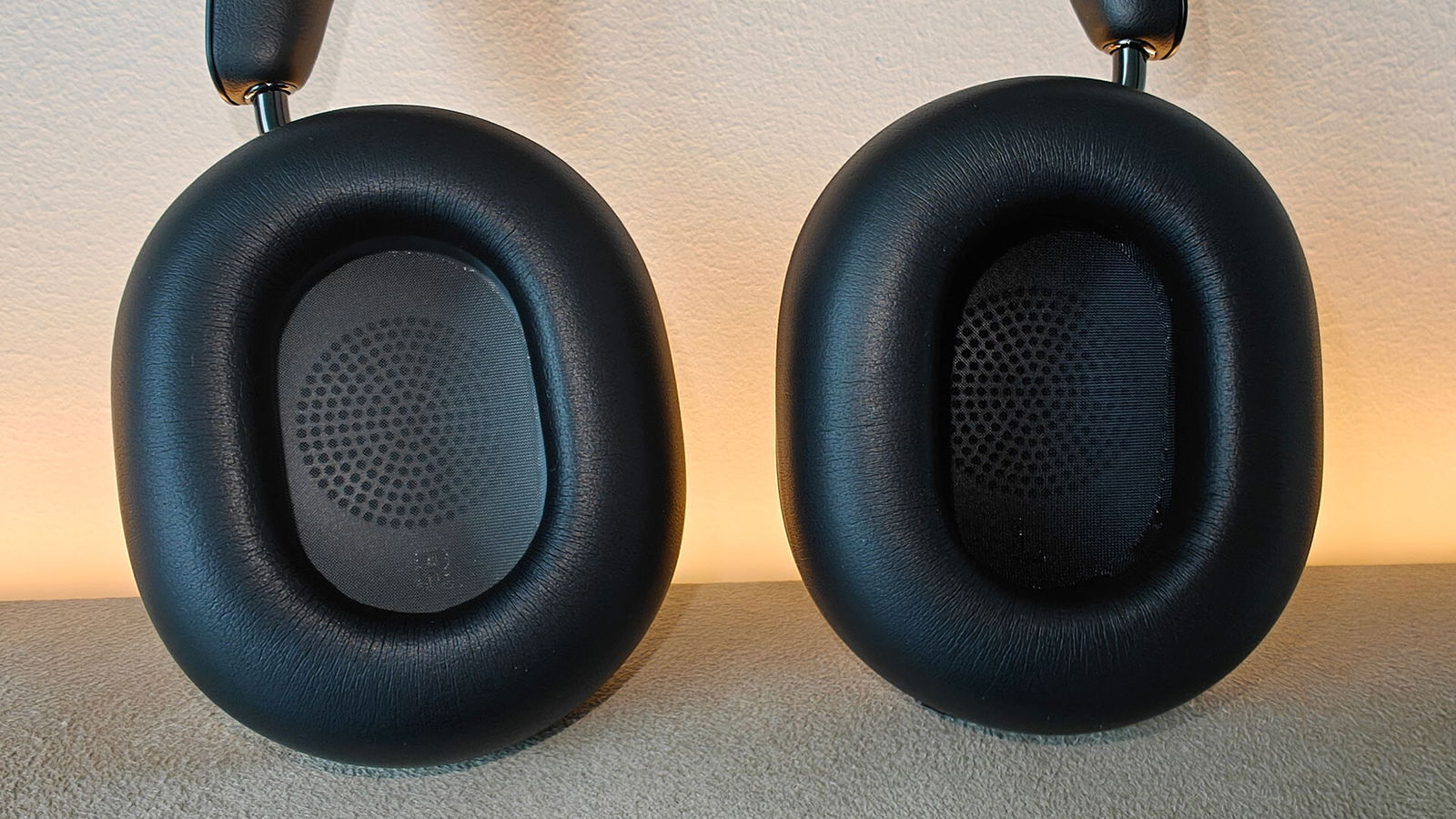
There is a lot to like about what the Sonos Ace brings to the table. Are they perfect? Not quite. The lack of Wi-Fi connectivity and full integration with the Sonos ecosystem may disappoint some die-hard fans. Noise cancellation is good but not best-in-class. Priced at $449, they are at the top end of the market, competing with well-known high-end brands like Sony and Bose.
For a first attempt, Sonos has created a compelling product that showcases their audio expertise in a new form factor. If you’re in the market for premium wireless headphones and appreciate Sonos’ approach to sound and design, the Sonos Ace is definitely worth considering. With a few software updates and refinements, they have the potential to become a top contender in the high-end headphone space. Personally, I know the Sonos Ace have earned their place as a must-have for any upcoming flight—they are simply that good.




